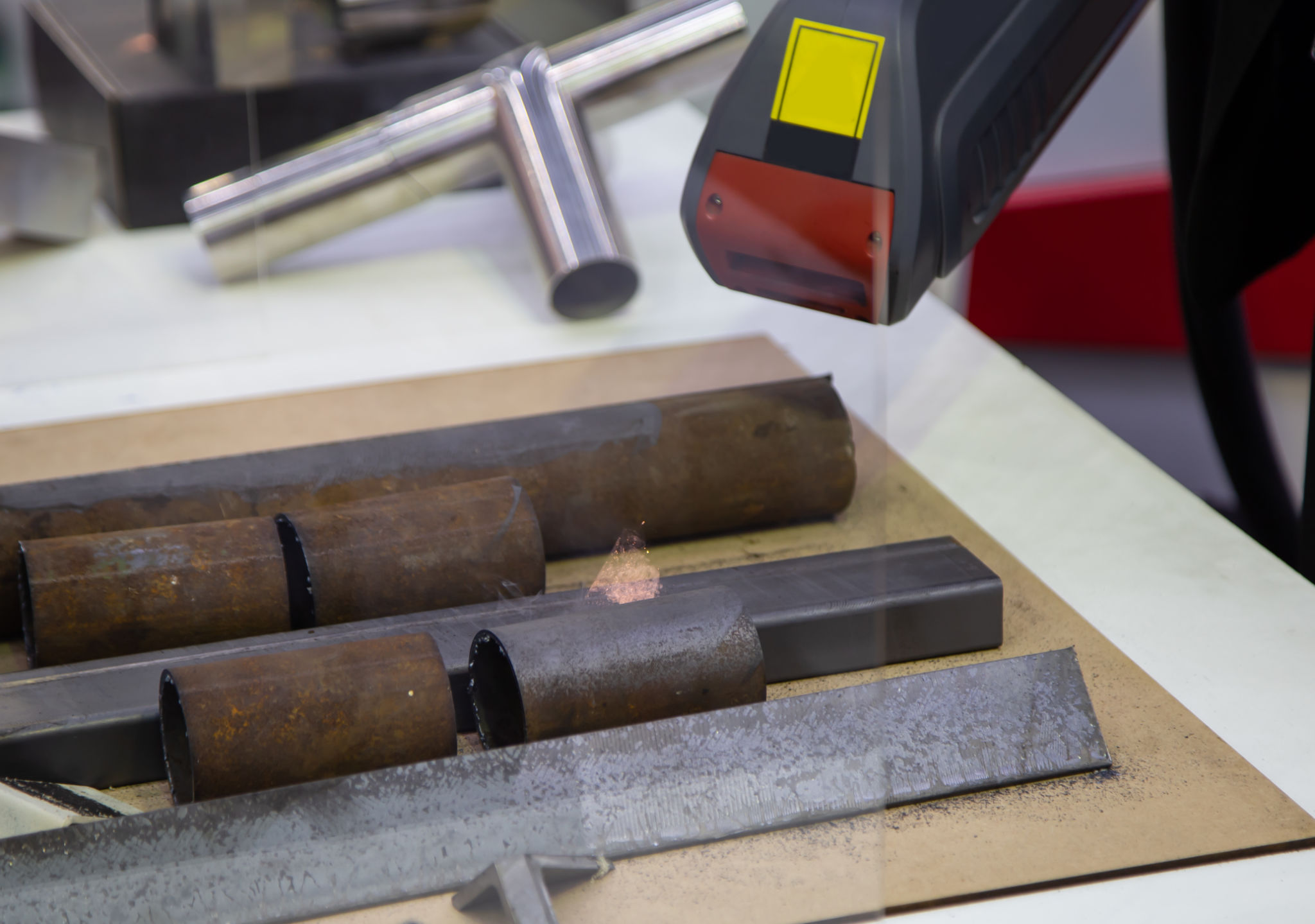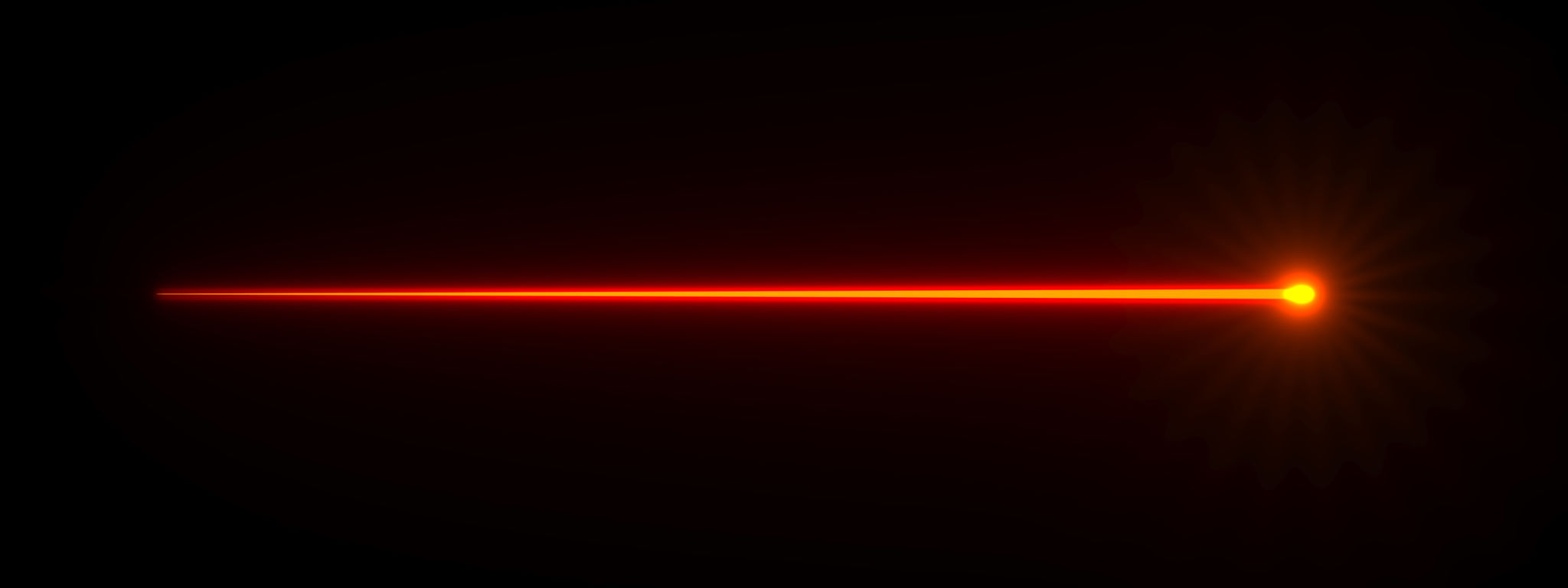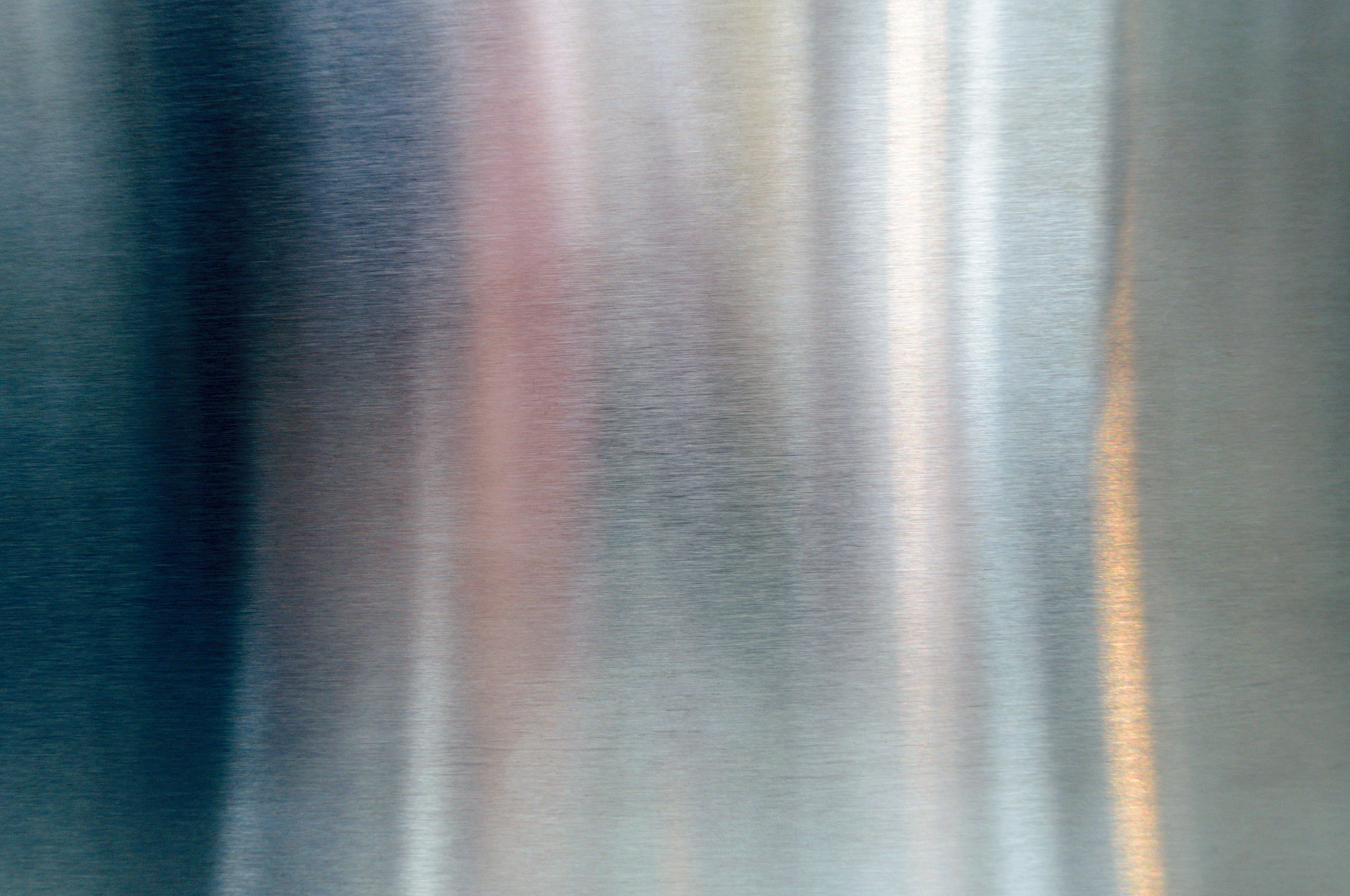Common Myths About Laser Rust Removal Debunked
Understanding Laser Rust Removal
Laser rust removal is a cutting-edge technology that has revolutionized the way we handle corrosion and rust on metal surfaces. Despite its effectiveness and efficiency, several myths surround this innovative process. In this blog post, we'll debunk some of the most common myths about laser rust removal to give you a clearer understanding of its capabilities and benefits.

Myth 1: Laser Rust Removal is Unsafe
One of the most prevalent myths is that laser rust removal is dangerous. However, when conducted by trained professionals using proper safety equipment, laser cleaning is incredibly safe. The technology employs precise laser beams that target rust without affecting the underlying metal, making it a controlled and secure process.
Additionally, modern laser systems are equipped with safety features such as enclosed beams and emergency stop functions to ensure user safety. With appropriate precautions, laser rust removal poses minimal risk to both operators and the environment.
Myth 2: It's Only for Industrial Use
Another misconception is that laser rust removal is only suitable for large-scale industrial applications. While it is true that industries like aerospace and automotive benefit significantly from this technology, it is also accessible for smaller projects. Whether you are a hobbyist restoring classic cars or a small business owner looking to maintain equipment, laser rust removal can be adapted to various scales of operation.

Myth 3: Laser Cleaning is Too Expensive
The perception that laser rust removal is prohibitively expensive prevents many from considering it as a viable option. However, when you factor in the long-term benefits such as reduced maintenance costs, minimal waste production, and enhanced efficiency, the initial investment often proves to be cost-effective. Furthermore, as technology advances and becomes more widespread, the costs are gradually decreasing, making it increasingly accessible.
Myth 4: Lasers Damage the Metal Surface
A common concern is that lasers might damage the metal surface during the rust removal process. In reality, laser cleaning is highly selective and can be adjusted to remove only the unwanted rust layers without altering or damaging the metal beneath. This precision ensures that the integrity of the metal remains intact while effectively eliminating corrosion.

Myth 5: Laser Rust Removal is Ineffective on Thick Rust
Some believe that laser rust removal cannot handle thick or deeply embedded rust. Although heavier corrosion may require more time or multiple passes, lasers are highly effective at removing even stubborn rust layers. The technology's adaptability allows operators to adjust settings based on the thickness and severity of the rust, ensuring thorough cleaning.
In conclusion, laser rust removal is a versatile and efficient solution for tackling corrosion. By dispelling these common myths, we hope to highlight its benefits and encourage wider adoption across various applications. As technology continues to advance, it's clear that laser rust removal will remain at the forefront of rust management solutions.
